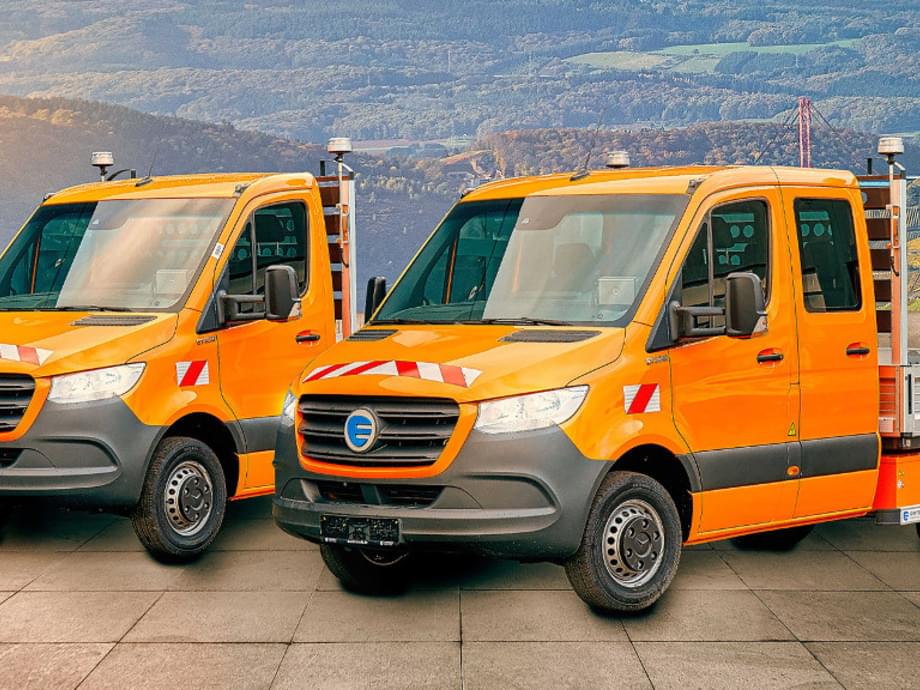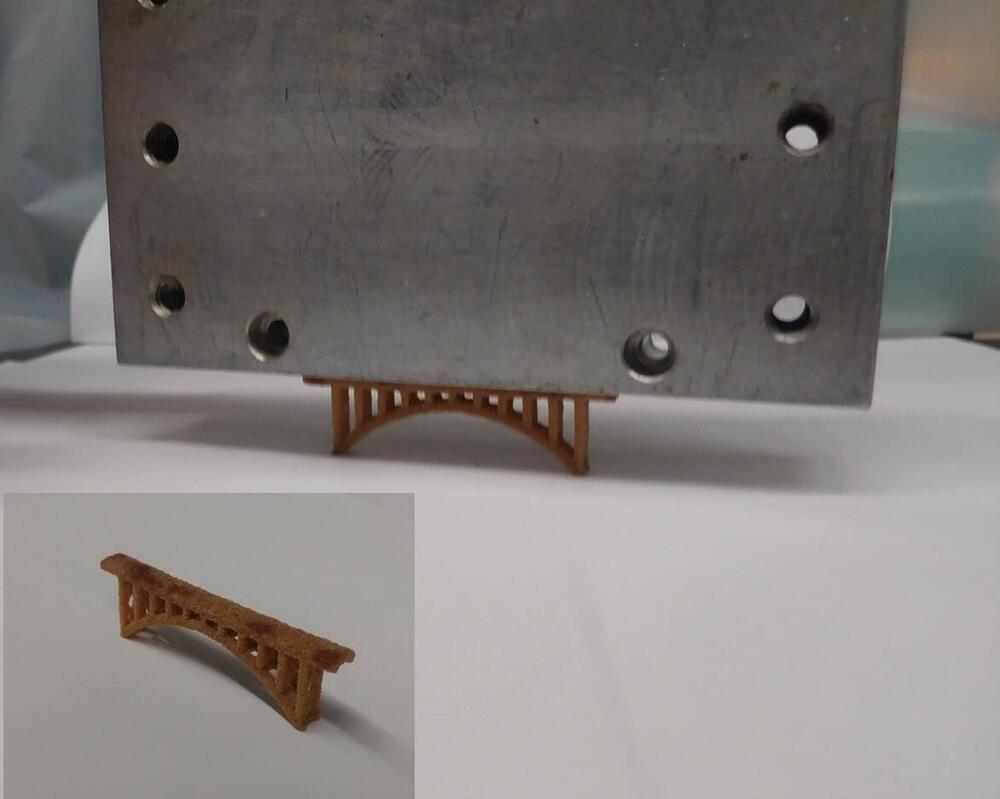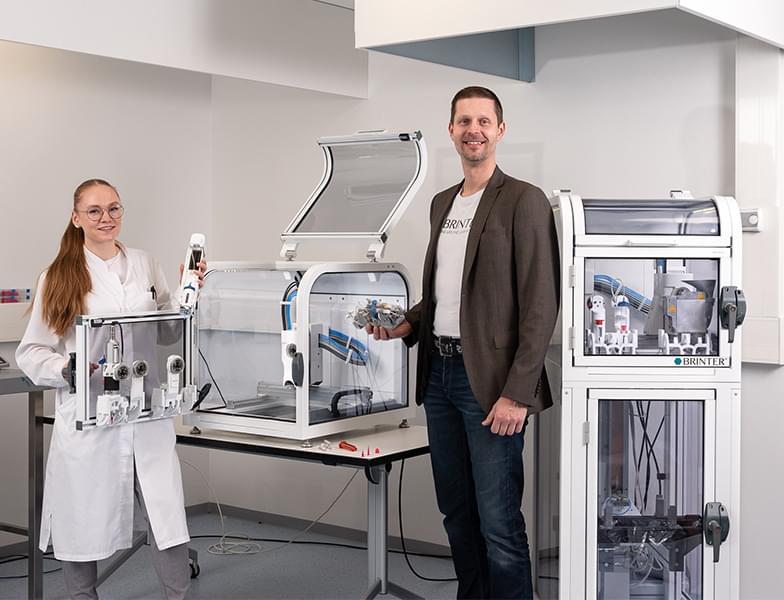Nov 30, 2021
Scientists 3D-Print Programmable Living Structures With New Microbial Ink
Posted by Quinn Sena in categories: 3D printing, biotech/medical, genetics
There’s also been a lot of interest in creating more versatile “living inks” made up of bacteria, which can be genetically engineered to do everything from deliver drugs to clean up pollutants. But so far, approaches have relied on mixing microbes with polymers that help provide the ink with some structural integrity.
Now, researchers have developed a new living ink that more closely lives up to the name by replacing the polymers with a protein made by genetically engineered E. coli bacteria. The researchers say this opens the door to seeding large-scale, living structures from nothing more than a simple cell culture.
The key to the breakthrough was to repurpose the proteins that E. coli cells secrete to stick together and form hard-to-shift biofilms. In a paper in Nature Communications, the researchers describe how they genetically engineered bacteria to produce two different versions of this protein known as a “knob” and a “hole,” which then lock together to form a robust cross-linked mesh.


















